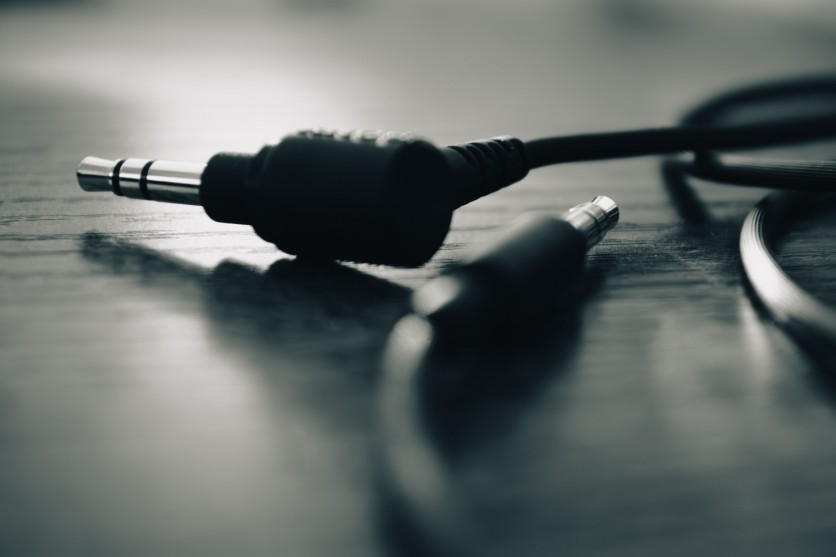In recent years, smartphone manufacturers have been making a significant shift by phasing out the beloved 3.5mm headphone jack. This move has sparked intense debates among tech enthusiasts, audiophiles, and consumers in general.
Why are smartphone makers abandoning this long-standing audio standard? Let's delve into the five key reasons behind this change.

Space Efficiency
One of the primary reasons for eliminating the 3.5mm headphone jack, which has been around for over 100 years, is to free up valuable space within smartphones. As devices become sleeker and more compact, every millimeter counts.
By removing the headphone jack, manufacturers can allocate this space for additional components, such as larger batteries, enhanced cameras, or more advanced cooling systems. This results in a more streamlined design and improved overall functionality.
Wireless Audio Advancements
The rise of wireless audio technology, particularly Bluetooth, has made it increasingly convenient for users to connect their headphones and earbuds without needing physical cables. Wireless audio not only provides freedom of movement but also eliminates the inconvenience of tangled cords.
With advancements in Bluetooth codecs and audio quality, the wireless audio experience has become comparable to wired alternatives, making the transition more seamless.
Read Also : Neurable's New AI Headphones Can Interpret Brain Signals, Helping Users Stay Focused and Productive
Water and Dust Resistance
Removing the 3.5mm headphone jack makes smartphones more resilient against environmental factors such as water and dust. This is especially important for users who want to use their devices in adverse conditions or for outdoor activities. Manufacturers can implement better sealing and waterproofing measures without the vulnerability of an exposed port.
Enhanced Audio Quality
The switch to digital audio does not significantly boost audio quality, as some think. It all depends on the quality of the headphones a listener uses. However, removing the headphone jack allows for more advanced and efficient internal audio components.
Smartphone makers can invest in high-quality digital-to-analog converters (DACs) and amplifier technology, resulting in improved audio performance. Users who value premium sound quality can achieve it without the limitations of an analog connection.
Push Toward USB-C
Many smartphone manufacturers are shifting to USB-C as a universal port for charging, data transfer, and audio connectivity. USB-C offers several advantages, including faster data transfer speeds, higher power delivery, and versatility.
By promoting USB-C for audio, manufacturers can create a unified ecosystem where a single port serves multiple purposes, reducing the number of cables and adapters users carry.
While these reasons offer a compelling case for discontinuing the 3.5mm headphone jack, it is essential to acknowledge the concerns and inconveniences this change may pose for some users.
Those with existing wired headphones may need to use adapters or invest in new wireless options. Additionally, users who rely on their smartphones for both charging and audio may face limitations when attempting to perform both functions simultaneously.
Related Article : Sony Unveils the WF-1000XM5 Wireless Headphones with ANC, 360 Audio, and MORE-What's the Price?

ⓒ 2025 TECHTIMES.com All rights reserved. Do not reproduce without permission.




